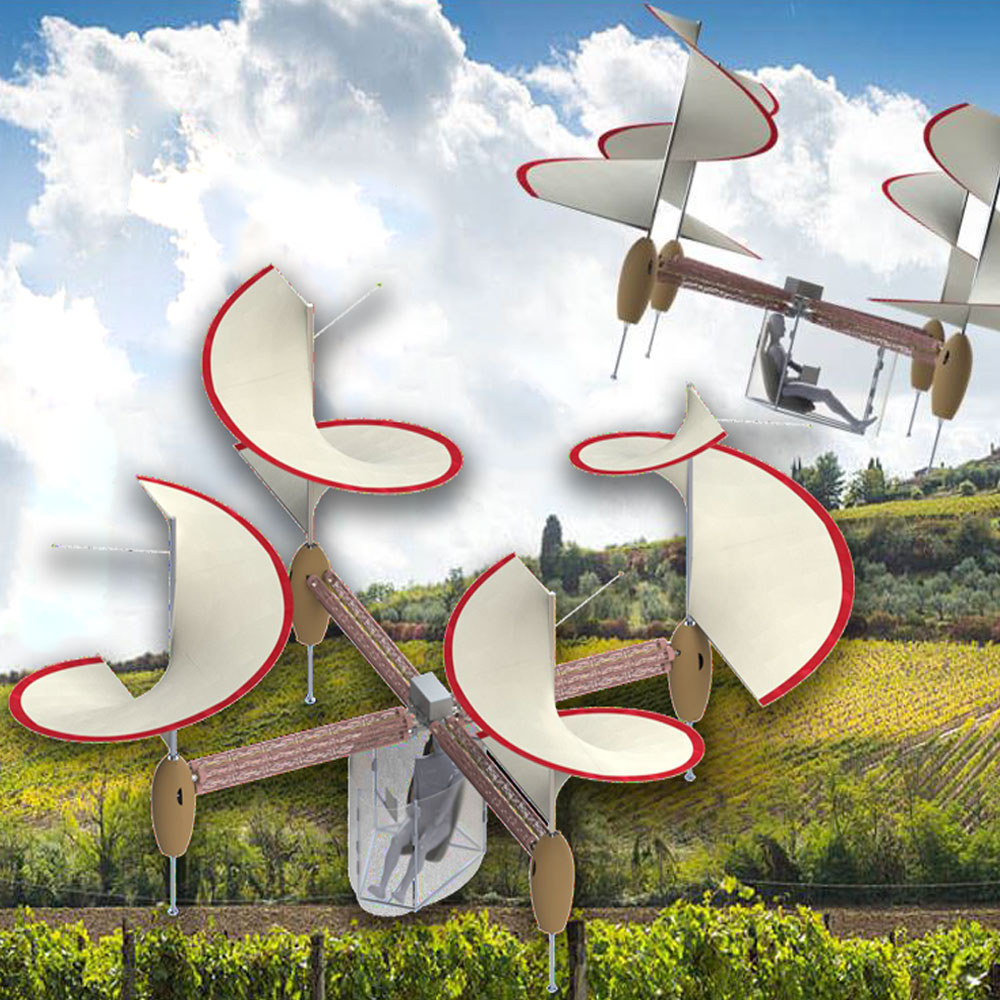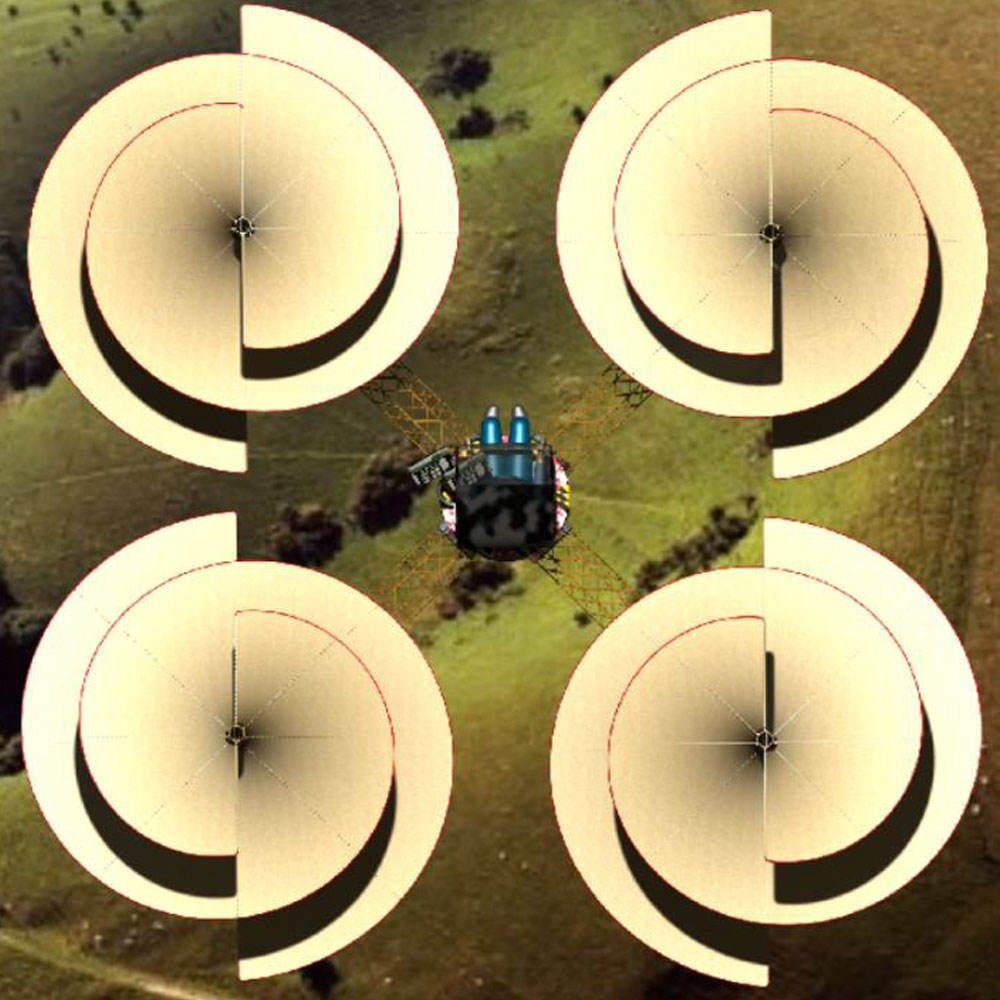Modernizing da Vinci’s Designs
In the fifteenth century, artist and engineer Leonardo da Vinci envisioned a craft that flew using a single helix-shaped propeller—the aerial screw—viewed by many as the first vertical take-off and landing (VTOL) machine ever designed. In 2020, the Vertical Flight Society’s (VFS) 37th Annual Student Design Competition challenged students from across the world to re-imagine da Vinci’s design. Using modern-day analytical and design tools, could students design and demonstrate a feasible modern-day VTOL vehicle based on the aerial screw concept and demonstrate the consistency of its physics. University of Maryland (UMD) aerospace engineering students rose to the challenge, creating two successful designs—Elico and Samsara—which won first (Graduate Category) and second (Undergraduate Category) in this year’s competition. UMD’s winning entry in the graduate category, Elico, derived its name from the Italian root for the words “helicopter,” “propeller,” “helix” and “screw,” all rooted in Leonardo’s drawing of the aerial screw. Developed as a technology demonstrator, Elico was designed as a fully autonomous, manned quadrotor vehicle, and improves on da Vinci’s design by using a tapered aerial screw rotor to provide all lift, thrust and control of the vehicle. A modular framework allows Elico to adapt to changing mission requirements and has hover and forward flight capabilities. According to the team, Elico allows riders to safely and easily experience the genius of Leonardo da Vinci first-hand by using an all-electric power plant, ultralight composite airframe and push button operation. The graduate team also took the bonus prize for “Best Weight Optimization” in their design. Graduate Team: Elico
Undergraduate Team: Samsara 2020 marks the 19th first place win for UMD graduate students since 1998. The VFS's annual Student Design Competition challenges students to design a vertical lift aircraft that meets specified requirements, providing a practical exercise for engineering students at colleges and universities around the world and promoting student interest in vertical flight technology. Each winning teams receives a cash stipend, and first-place teams are invited to the VFS’s Annual Forum and Technology Display to present the details of their designs.
Related Articles: August 18, 2020 Prev Next |



 UMD’s undergraduate team Samsara leveraged the aerial screw design, creating a modern autonomous, ultralight and electric quad-copter with four corkscrew rotors made from lightweight carbon fiber.
UMD’s undergraduate team Samsara leveraged the aerial screw design, creating a modern autonomous, ultralight and electric quad-copter with four corkscrew rotors made from lightweight carbon fiber.